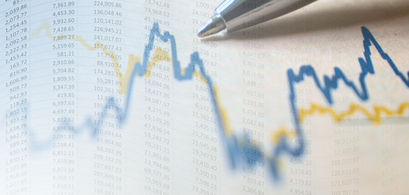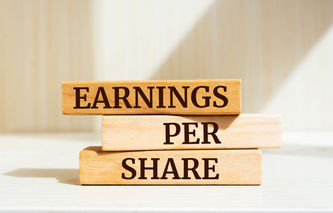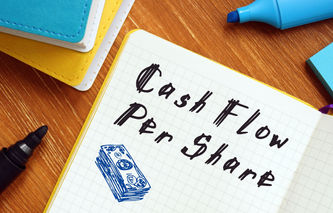Definition
The term free cash flow per share is used to describe a profitability metric that divides a company's free cash flow by the number of common shares outstanding. Free cash flow per share is thought to be the premier measure of a company's financial flexibility, which is their ability to react to unexpected expenses and investment opportunities.
Calculation
Free Cash Flow per Share = Free Cash Flow / Shares of Common Stock Outstanding
Where:
Free Cash Flow = Operating Cash Flow - Capital Expenditures
Explanation
Profitability ratios allow the investor-analyst to gain a better understanding of a company's ability to generate profits. As is the case with many ratios, insights are more meaningful if the metric is tracked over time. Free cash flow per share takes the company's operating cash flow (less any capital expenditures) and divides it by the total number of shares of common stock outstanding.
Free cash flow per share is considered by many investor-analysts to be the best measure of a company's financial flexibility. For example, free cash flow (FCF) measures the cash generated by the company after subtracting new capital expenditures. These capital investments are typically made to replace aging equipment or to expand operating capacity. FCF is the money that could be used to make additional investments, pay down debt, or pay shareholders a dividend.
Investor-analysts believe a company's free cash flow per share is a more credible value than a company's earnings per share, which can be manipulated through liberal accounting practices. It's also a measure that investors track in parallel to a company's price per share, since an increase in free cash flow per share is typically followed by an increase in a stock's price.
Example
Company A's financial statements indicate operating cash flow of $10,580,000 last year. Company A's balance sheet also indicates there were $1,750,000 in capital additions in that same timeframe. The company's average number of shares outstanding was determined to be 5,000,000. The cash flow per share for Company A is calculated as follows:
= ($10,580,000 - $1,750,000) / 5,000,000 = $8,830,000 / 5,000,000, or $1.77 per share



